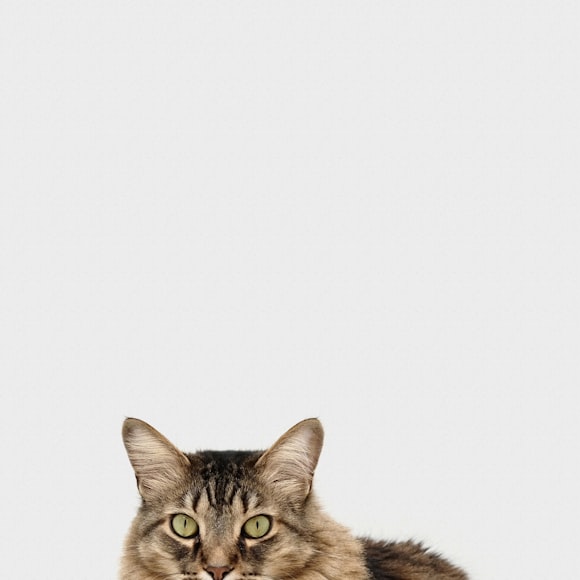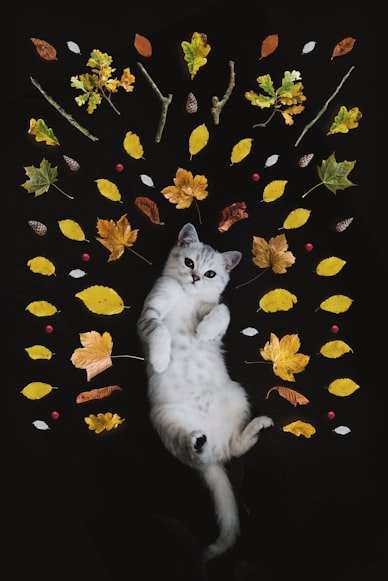I. Introduction

I. Introduction
In the realm of freshwater fish, there are few species that rival the beauty, charm, and ease of care of the platy. These vibrant and versatile fish have captivated aquarium enthusiasts for decades, capturing hearts with their colorful appearance and amiable personalities.
Appearance and Behavior
Platies are members of the Poeciliidae family, known for their livebearing nature. They are relatively small in size, typically growing to around 2-3 inches in length. Their bodies are elongated and streamlined, with a distinct mid-line stripe known as a “swordtail.”
Platies exhibit a wide range of colors and patterns, including red, orange, yellow, blue, and black. Some varieties also have metallic scales that shimmer under light. Their fins are often adorned with intricate designs, adding further beauty to their graceful movements.
In terms of behavior, platies are peaceful and sociable fish that enjoy living in groups. They are not particularly territorial and will often form non-aggressive relationships with other aquarium inhabitants. Platies are also known for their playful and curious nature, frequently swimming around the tank and exploring their surroundings.
Popularity
Platies have become incredibly popular aquarium fish due to their several desirable traits. Their small size makes them suitable for even the smallest tanks, while their adaptability to various water conditions makes them easy to care for. Platies are also prolific breeders, producing large litters of live young, which adds to their popularity among novice aquarists.
Moreover, platies are relatively inexpensive and widely available, making them accessible to aquarium enthusiasts of all levels. Their vibrant colors and lively personalities bring a touch of joy and beauty to any aquarium, further contributing to their widespread popularity.
II. Tank Requirements

1. Tank Size and Filtration
- Minimum tank size: 10 gallons for a small group of 6-8 platies
- Recommended tank size: 20 gallons or larger for a larger group
- Filtration: A high-quality filter is essential to maintain a healthy and clean environment for your platies. A filter with a flow rate of 5-10 times the tank volume per hour is recommended.
2. Water Parameters
- pH: Platy fish prefer slightly alkaline water with a pH between 7.0 and 7.8.
- Temperature: The ideal temperature range for platies is between 72-78°F (22-26°C).
- Hardness: Platies can tolerate a wide range of water hardness, but are most comfortable in moderately hard water with a GH between 10-20 dGH.
Additional Tips
- Substrate: Gravel or sand makes a good substrate for platy tanks.
- Plants: Live plants can help provide hiding places and oxygenate the water.
- Decorations: Caves, rocks, and driftwood can add visual interest and provide enrichment for your platies.
- Water changes: Weekly water changes of 20-25% are recommended to maintain water quality.
Maintaining a healthy environment for platy fish is essential for their well-being and longevity. By following these tank requirements, you can provide your platies with a comfortable and thriving habitat.
III. Diet and Nutrition
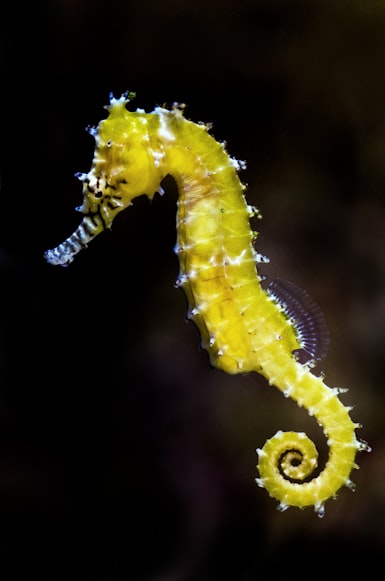
Platies, known for their vibrant colors and easy-going nature, are omnivorous freshwater fish with a varied diet. Understanding their nutritional needs is crucial for maintaining their health and well-being.
A Balanced Menu
Platies thrive on a well-balanced diet that includes:
- Live Foods: Live foods, such as brine shrimp, bloodworms, and daphnia, are a valuable source of protein and essential nutrients.
- Flakes: Commercial fish flakes provide a convenient and cost-effective option for feeding platies. Look for flakes specifically designed for community or tropical fish.
- Pellets: Pellets are a more nutrient-dense option than flakes and are available in various sizes and formulations to cater to the different ages and dietary requirements of platies.
Feeding Considerations
- Frequency: Feed platies twice a day, offering small amounts of food. Overfeeding can lead to health problems.
- Variety: Offer a variety of foods to ensure platies receive all the nutrients they need.
- Size: Choose foods appropriately sized for the mouths of your platies.
- Supplements: Consider occasionally supplementing their diet with vitamin or mineral supplements to support their health and vitality.
Essential Nutrients
Platies require a range of essential nutrients, including:
- Protein: Protein is crucial for growth, repair, and energy production.
- Carbohydrates: Carbohydrates provide energy and help regulate blood sugar levels.
- Fats: Essential fatty acids support growth, reproduction, and immune function.
- Vitamins: Vitamins play vital roles in various bodily processes, such as metabolism, immunity, and vision.
- Minerals: Minerals, such as calcium, phosphorus, and iron, contribute to bone, teeth, and bloodstream health.
Dietary Tips
- Avoid Overfeeding: Overfeeding can lead to obesity, digestive issues, and water quality problems.
- Remove Uneaten Food: Remove any uneaten food within a few minutes to prevent it from decomposing and fouling the water.
- Monitor Health: Observe your platies regularly for signs of malnutrition or overfeeding. If you notice any concerns, consult a veterinarian or experienced aquarist.
By providing a balanced and nutritious diet, you can ensure your platy population thrives and enjoys a long and healthy life.
IV. Breeding
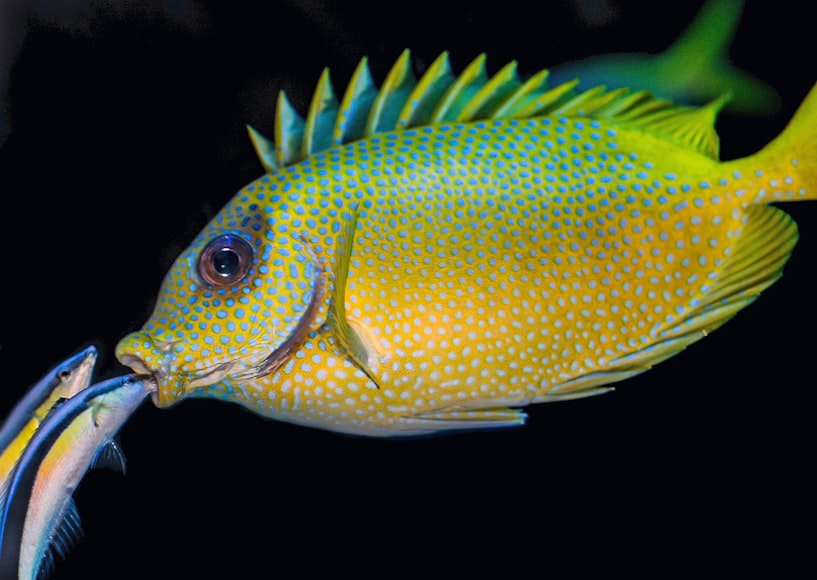
Platies, like other livebearers, are prolific breeders. They reach sexual maturity at around 3-4 months of age and can breed throughout their lives.
5. Sexual Dimorphism and Breeding Behavior
Platies exhibit clear sexual dimorphism. Males are typically smaller and have longer fins and brighter coloration than females. During courtship, males display vibrant colors and chase females. When a male is ready to mate, he will use his gonopodium, a modified anal fin, to inseminate the female.
6. Gestation Period and Fry Care
After mating, the female will carry the fertilized eggs internally for a gestation period of 4-6 weeks. The number of fry produced can range from 20 to 100.
Once the fry are born, they are fully developed and ready to swim and feed independently. However, it is recommended to provide plenty of hiding places for the fry to prevent them from being harassed by adults.
Optimal Conditions for Breeding
To ensure successful breeding, it is important to provide optimal conditions:
- Water Parameters: Ideal water parameters for platy breeding include a temperature of 72-78°F (22-26°C), a pH of 7.0-8.0, and a hardness of 10-15 GH.
- Diet: Provide a varied diet rich in live or frozen foods, such as brine shrimp, daphnia, and bloodworms.
- Shelter: Offer plenty of plants and hiding places to reduce stress and provide cover for fry.
- Separate Breeding Tank: To maximize the chances of successful breeding, it is recommended to set up a separate breeding tank for platy pairs or small groups.
Fry Care and Raising
- Feeding: Feed fry with baby brine shrimp, crushed flake food, or infusoria.
- Water Changes: Perform frequent water changes to maintain clean water and remove waste.
- Growth and Development: Fry will grow rapidly and should be separated by size as they mature to prevent cannibalism.
- Reintroduction to Community Tank: Once fry are large enough, they can be gradually introduced back into the community tank.
V. Health and Disease
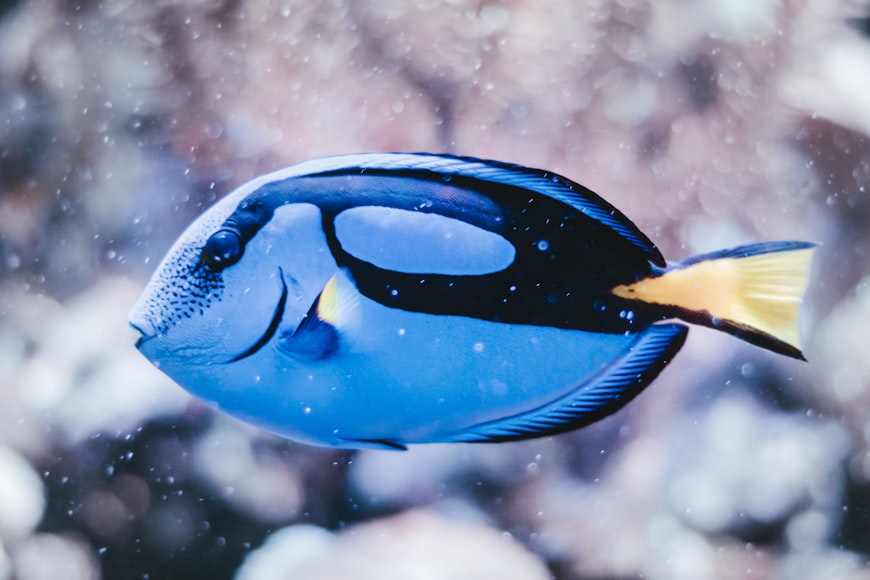
Platies are generally hardy fish, but like all living creatures, they are susceptible to various diseases. Some of the most common diseases that affect platies include:
- Ich (White Spot Disease): White or yellowish spots on the body, fins, and gills
- Fin Rot: Frayed or discolored fins, often accompanied by red or brown discoloration at the base of the fins
- Dropsy: Swollen abdomen, scales sticking out, and distended eyes
- Swim Bladder Disease: Fish floats upside down, sinks to the bottom, or has difficulty swimming
- Bacterial Infections: Reddened or inflamed body, lethargy, and loss of appetite
- Fungal Infections: Mouth, body, or fins covered with a white or cottony growth
- Parasites: Visible parasites attached to the body or fins, such as anchor worms, flukes, or gill lice
8. Prevention and Treatment
Preventing diseases in platies involves maintaining a clean and healthy aquarium environment. Regular water changes, proper filtration, and a balanced diet are essential. Additionally, quarantine new fish before adding them to the main tank to minimize the risk of introducing pathogens.
If a disease is detected, immediate action should be taken to prevent its spread. Treatment options vary depending on the specific disease, but may include:
- Medication: Antibacterial, antifungal, or antiparasitic medications can be used to treat infections and parasite infestations.
- Isolation: Remove sick fish to a separate quarantine tank to prevent the spread of disease.
- Environmental Modifications: Adjust water temperature, pH, or salinity to create an unfavorable environment for pathogens.
- Home Remedies: Some natural remedies, such as salt baths or methylene blue, can be effective in treating mild cases of disease.
It’s crucial to consult with a veterinarian or experienced hobbyist before treating any diseases in platies. Improper treatment can be harmful to the fish and make the disease worse.
VI. Tank Mates
Compatible Species
Platies are peaceful fish that can coexist with a variety of other non-aggressive species. Suitable tank mates for platies include:
- Tetras: Neon tetras, cardinal tetras, and glowlight tetras are small, schooling fish that create vibrant splashes of color in the aquarium.
- Danios: Zebra danios and pearl danios are active, playful fish that add movement and energy to the tank.
- Rasboras: Harlequin rasbora and dwarf rasbora are peaceful and colorful fish that prefer planted tanks with hiding places.
- Guppies: Guppies are another livebearer that can share a tank with platies. However, it’s important to note that guppies can hybridize with platies, so it’s not recommended to keep them in the same tank unless you’re planning to breed them.
- Corydoras: These small, bottom-dwelling catfish help keep the tank clean by scavenging for leftover food and debris.
- Snails: Malaysian trumpet snails and mystery snails are beneficial scavengers that can help control algae growth.
Incompatible Species
While platies are generally peaceful, there are some fish species that should not be kept together in the same tank:
- Large, predatory fish: Fish such as cichlids, oscars, and tiger barbs can easily prey on platies.
- Aggressive fish: Species such as betta fish, gouramis, and angelfish may harass or even kill platies.
- Fin nippers: Fish like tiger barbs and certain species of tetras can nip at the platy’s fins, causing damage and stress.
- Tank bullies: Some fish species, such as the mollies, may bully platies and prevent them from accessing food or shelter.
- Fish with different water requirements: It’s important to keep fish that have similar water pH, temperature, and hardness requirements in the same tank. Mixing fish with different needs can lead to health issues.
Conclusion
When choosing tank mates for platies, it’s crucial to consider the fish’s size, temperament, and water requirements. By selecting compatible species, you can create a harmonious and enjoyable aquarium environment for your platies and their companions.
VII. Behavior and Socialization
Platies are highly social fish that thrive in groups. Understanding their group dynamics is essential for their well-being.
Schooling Behavior:
- Platies are schooling fish, meaning they prefer to swim in tight groups.
- This behavior helps them avoid predators and maintain a sense of security.
- They often swim in a coordinated manner, changing direction and speed together.
Social Hierarchy:
- Within a group of platies, there is usually a social hierarchy.
- A dominant male or female will establish its dominance through aggressive displays or chasing.
- Submissive individuals may avoid confrontations or give way to the dominant fish.
Courtship and Breeding:
- Platies are livebearers, which means they give birth to live young.
- Males engage in courtship displays by spreading their fins and pursuing females.
- Females become receptive when they are ready to mate.
Aggression and Bullying:
- While platies are generally peaceful, aggression can occur, especially during breeding or when space is limited.
- Dominant individuals may bully submissive ones, causing physical injuries or stress.
- Overcrowding and poor water quality can exacerbate aggression.
Communicating through Body Language:
- Platies communicate through body language, using their fins, body shape, and color patterns.
- Raised fins indicate aggression or courtship, while relaxed fins convey contentment.
- Color changes can signal stress, readiness to mate, or the presence of a predator.
Social Enrichment:
- Providing ample space, hiding places, and live plants can help reduce aggression and promote social well-being.
- Introducing new fish gradually can also help establish a stable hierarchy.
- Regular water changes and a balanced diet ensure that all fish are healthy and have no reason to compete for resources.














